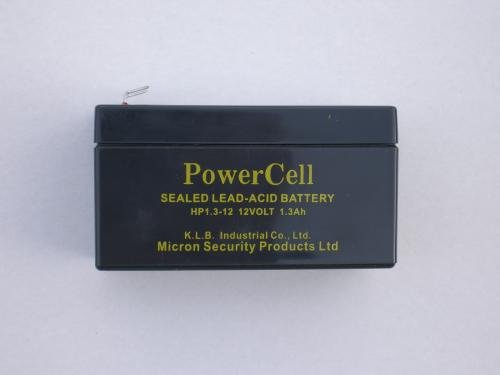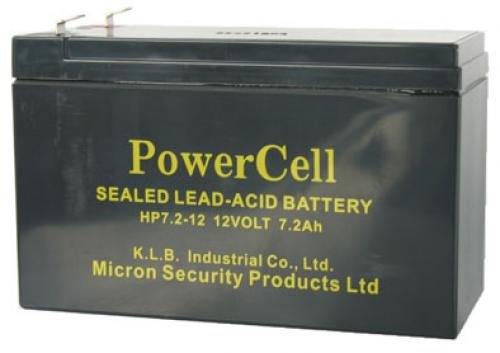An alarm battery refers to the backup power source used in alarm systems, such as burglar alarms, fire alarms, and security systems. These batteries provide uninterrupted power supply to the alarm system in the event of a power outage or disruption, ensuring continuous operation and protection of the premises. Here are some key aspects and considerations regarding alarm batteries:
1. **Types of Alarm Batteries**:
– **Lead-Acid Batteries**: Lead-acid batteries are commonly used in alarm systems due to their reliability and relatively low cost. They come in two main types: sealed lead-acid (SLA) batteries, which are maintenance-free and sealed to prevent leakage, and flooded lead-acid batteries, which require periodic maintenance and topping up with distilled water.
– **Lithium Batteries**: Lithium batteries, such as lithium-ion (Li-ion) or lithium iron phosphate (LiFePO4) batteries, are becoming increasingly popular in alarm systems due to their longer lifespan, higher energy density, and lower maintenance requirements compared to lead-acid batteries. Lithium batteries are lightweight, compact, and offer better performance in extreme temperatures.
2. **Battery Capacity**:
– The capacity of an alarm battery is measured in ampere-hours (Ah) or watt-hours (Wh) and indicates the amount of energy it can store. Higher capacity batteries can provide longer backup power during outages.
– The required battery capacity depends on factors such as the power consumption of the alarm system, the duration of expected power outages, and the desired level of backup power.
3. **Installation and Replacement**:
– Alarm batteries are typically installed inside the control panel or enclosure of the alarm system. Installation should be performed according to the manufacturer’s instructions to ensure proper connection and operation.
– It is essential to regularly inspect and test alarm batteries to ensure they are functioning correctly. Over time, batteries may degrade or lose capacity and may need to be replaced to maintain reliable backup power.
4. **Charging and Maintenance**:
– Lead-acid batteries require regular charging to maintain their capacity and prevent sulfation, a common cause of battery failure. Alarm systems with built-in battery chargers automatically recharge the batteries when the power is restored.
– Proper maintenance of lead-acid batteries includes periodic inspections, cleaning of terminals, and testing of voltage and capacity. Flooded lead-acid batteries may require topping up with distilled water to replenish electrolyte levels.
– Lithium batteries generally require less maintenance than lead-acid batteries, but they still benefit from periodic inspections and testing to ensure proper operation.
5. **Compatibility and Safety**:
– When replacing alarm batteries, it is essential to use batteries that are compatible with the alarm system’s voltage and capacity requirements. Using the wrong type or size of battery can damage the system or compromise its performance.
– Proper handling and disposal of alarm batteries are essential to prevent environmental contamination and ensure safety. Lead-acid batteries should be recycled at authorized recycling facilities, while lithium batteries may require special disposal procedures due to their chemical composition.
Overall, alarm batteries play a crucial role in ensuring the reliability and effectiveness of alarm systems by providing backup power during power outages or emergencies. Regular maintenance, proper installation, and use of high-quality batteries are essential to maximize the lifespan and performance of alarm batteries.
Alarm Battery
Alarm Battery
Alarm Battery
Alarm Battery




